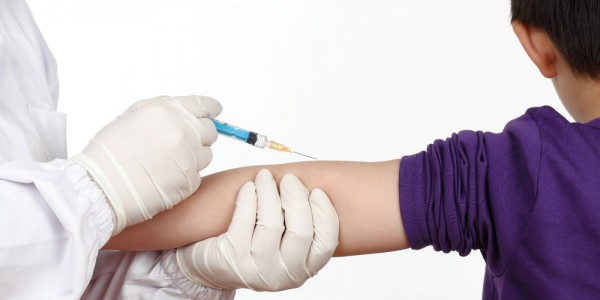What is tuberculousis?
The bacterium mycobacterium tuberculosis is responsible for the infection of tuberculosis (TB). It differs in many ways from the bacteria that cause other childhood infections. Because of these differences, the usual antibiotics for simple childhood infections are not effective.
How do children get tuberculousis?
Children encounter tuberculosis when they inhale the contagious sputum droplets of an infectious person. This is often an adult caregiver. These sputum droplets spread in many ways. Examples include people coughing, singing, and laughing. Adults typically generate a stronger cough. So, it’s easy to see why they are more contagious than children.
TB is endemic in most countries. Children in the U.S. face an increased risk of getting TB because it is not common. In other countries, infected adults may spread TB to children in orphanages, nurseries, or foster families. In other settings, TB may be passed from an infected mother to her newborn. These children are often extremely ill. Many do not live beyond early infancy, especially if there is poor nutrition or lacking medical care.
What does tuberculousis affect?
TB usually affects the lungs the most. However, untreated TB may affect more of the body. TB symptoms for a relatively healthy child could be mild wheezing or coughing. A more severely infected child may have problems with his or her brain, lungs, kidneys, or bones. Children who are poorly nourished or infected at a young age are at increased risk for widespread disease.
What does the body do after it’s infected?
After exposure to tuberculosis, the body’s immune system develops a delayed hypersensitivity response. This is reflected in a positive Mantoux test (PPD). The skin test remains positive even after it’s appropriately treated. So, a positive skin test can mean one of three things:
- The subject got the disease, but the disease is not active.
- The subject has an active disease.
- Or, the subject got treatment for a past infection.
How do you test for tuberculousis?
Differentiating between these possibilities is very important. All children adopted internationally should get the PPD skin test. This test is more sensitive and specific than the previous multiple puncture test.
Depending on the country of origin, up to 10 percent of international adoptees will have a positive skin test. Some experts say this number could be higher.
The immune system may require up to three months to respond after an initial TB exposure. If your child has symptoms consistent with TB, and the initial PPD is negative, he or she should take the test again in 6 to 12 weeks.
In some countries, BCG helps prevent the spread of TB. A weakened TB strain is the key ingredient in the BCG vaccine. Most children from Eastern Europe and China get the vaccine. (A small scar often remains on their left shoulder.) Fortunately, this vaccination is usually administered at birth. Unfortunately, this vaccine does not offer complete protection. Individuals who get the BCG vaccine can still get tuberculosis.
How are tuberculosis tests interpreted?
Naturally, there have been numerous discussions about children getting a TB test after getting the BCG vaccine. For example, some feel that TB tests cannot happen after a child gets the BCG vaccine. Otherwise, the BCG can be responsible for false positives. The American Academy of Pediatrics (AAP) advises physicians to screen vaccinated children anyway. They can do this with a PPD.
Interpretating the test is based on the skin’s reaction. In a child infected with HIV, positive PPD reactions are 5 mm or greater. In a child who is not infect with HIV, reactions are 10 mm or greater. Of course, these are the children who need an evaluation. Your physician should obtain a medical history, perform a complete physical exam, and get a chest x-ray.
After your physician does this, he or she can determine the possibility of your child having active tuberculosis versus simple exposure (infection without an active disease).
Should I consult with a specialist?
If your child tests positive with a PPD, you would benefit from consulting with an infectious disease specialist. The more experienced a physician is in International Adoption Medicine, the better. Many physicians in the U.S. have not encountered TB. A specialist will be able to review the evidence for the diagnosis. Then they can determine appropriate drug therapy, supervise treatment, and counsel your family.

